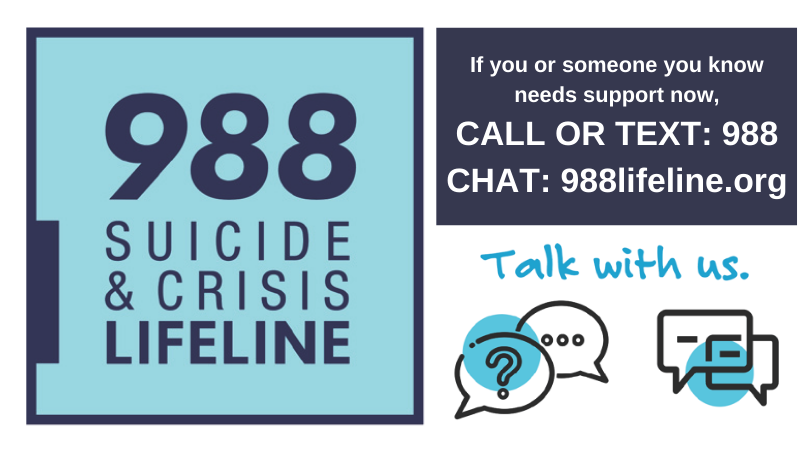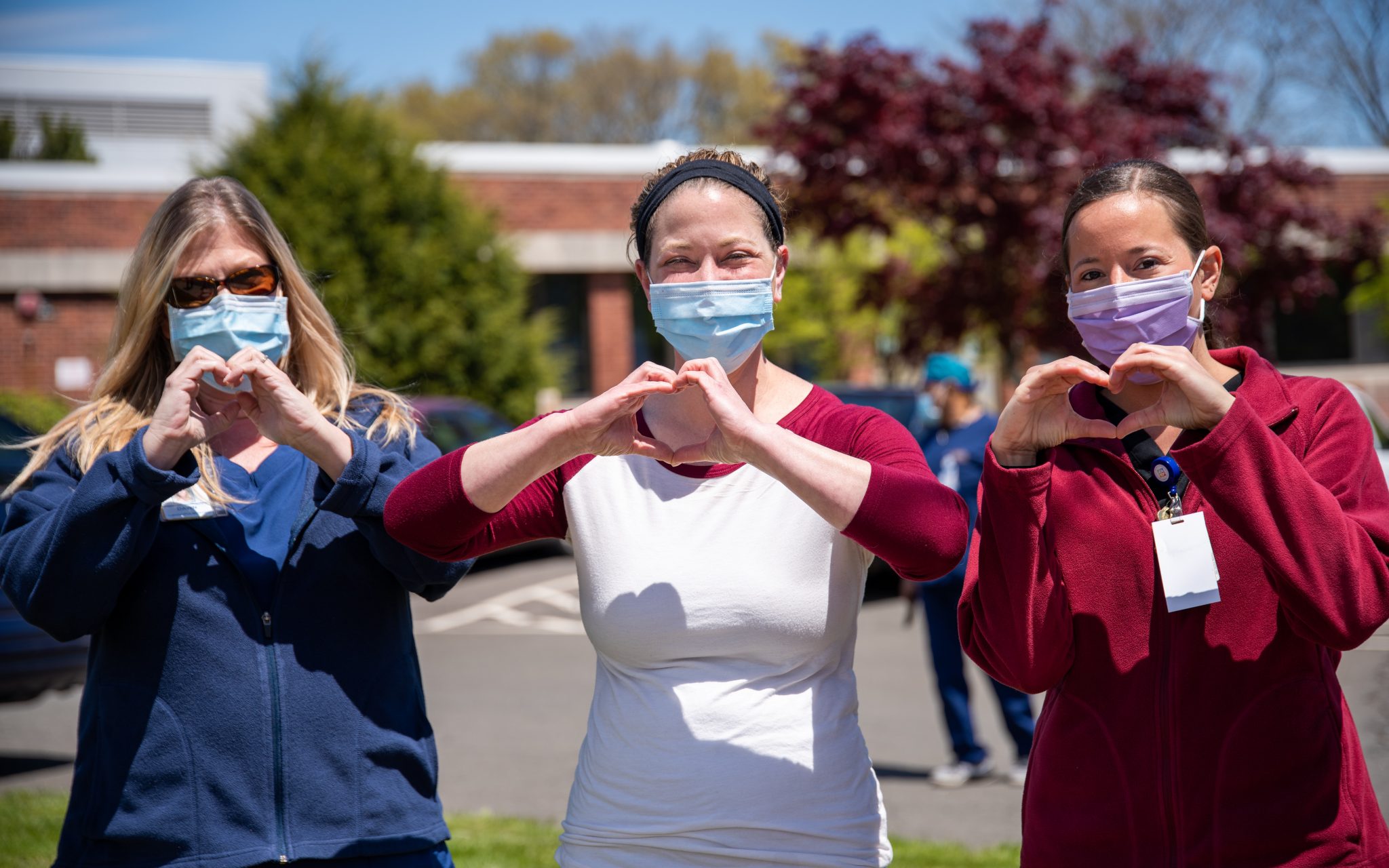Innovating Mental Health Supports
Since the COVID pandemic began, the nation has experienced rapid growth in the number of adults experiencing anxiety or depression. In early 2021, CDC surveys revealed that these symptoms had increased by about 27 percent since 2019. In the wake of this rise, more people are talking about the importance of mental health. This growing acceptance and greater transparency have helped pave the way for more innovative solutions from both the public and private sectors.

The Problem
The U.S. has seen rapid growth in the percentage of adults experiencing anxiety or depression symptoms since the beginning of the COVID-19 pandemic. Centers for Disease Control surveys found that about 38 percent of respondents reported symptoms of anxiety or depression from April 2020 through February 2021—up from about 11 percent in 2019.
Making matters worse, the Kaiser Family Foundation notes in a troubling report that around 25 percent of adults experiencing anxiety or depression symptoms do not seek treatment or receive care for their issues. Before the start of the pandemic, there were already shortages of in-patient beds for mental health care, available mental health clinicians, and access to other mental health services. The rise in mental health issues during the pandemic, combined with these pre-existing shortages, helped to cause the mental health crisis the country is currently experiencing.
During a recent ncIMPACT Town Hall at East Carolina University in Greenville, Dr. Samantha Meltzer, chair of UNC-Chapel Hill’s Department of Psychiatry, elaborated on how these issues affect people living in North Carolina. She identified the main challenges as the state’s rapidly growing population, that population’s equally rapidly worsening mental health, and a lack of adequate mental health services, topped off by the impacts of the pandemic.
There are also multitudes of barriers that impede people from finding and receiving the mental health care they need. The pandemic brought to light several systemic challenges around access to care, especially for children. Some of the major barriers involve environmental and social determinants of health, which include lack of access to necessary transportation, lack of health insurance needed to afford the care, and a lack of knowledge about the available resources, among others. Ongoing stigmas also contribute by characterizing mental health issues as less legitimate or severe than physical ailments. Accessing telehealth is another barrier, with not enough practitioners offering online services and the lack of high-speed internet access in some communities.
Although resources may be present in a community, these and other barriers may prevent people from accessing them. Beyond that, just imagine how tough it is to try to find the right kind of help while experiencing mental health issues.
The Solution
The pandemic shifted many paradigms, including more insurance companies covering telehealth visits. This made it easier for people to access mental health services, with telehealth being proven to be as effective as in-person services in many cases.
With the increase in working from home and more flexible scheduling, barriers between work and home life have become more fluid, which has the potential in itself to improve mental health. While in the workplace, employees are feeling increasingly empowered to share their mental health challenges and ask for help. In turn, employers are offering more Employee Assistance Programs, which are partnerships between employers and specific healthcare providers that allow for a set number of mental health sessions and other provisions.
In addition, public and private entities have made strong efforts to combat the ongoing mental health crisis. During our recent town hall, Deepa Avula, the director for the North Carolina Division of Mental Health, Developmental Disabilities, and Substance Use Services, pointed to the new shorter national hotline number, 988, as an innovation expected to increase call volume by around 30 percent. Each caller is put in touch with a trained crisis counselor to help de-escalate the caller’s situation. The hope is that – even with remaining stigmas – people feel inspired to reach out for the assistance they need.
The Players
Where or how people access care may depend on where they live. In Mecklenburg County, the Promise Resource Network (PRN) is a peer-led organization (all employees have recovered or are in recovery from mental health and substance abuse issues) offering trauma-informed support and physical places for respite. PRN uses the lived experiences of its employees to create an accessible space that emphasizes breaking down barriers related to mental health. It provides in-person and virtual mental health services, with the option of traveling to people’s homes to provide assistance. The agency also hosts a 24/7 hotline that serves people from across the state. All of PRN’s services are provided free of charge.
Durham County is working to advance mental health access for justice-involved individuals. The county’s Mental Health Court Diversion Program seeks to reduce recidivism by finding supports for those with severe mental health issues who are charged with minor crimes. Instead of going through the traditional court system, these individuals are placed in mental health programs that connect them to treatment and services. Although the Durham County Criminal Justice Resource Center provides some services for free, most referrals are made to outside providers within the area. The City of Durham is set to pilot its innovation of embedding mental health supports into its 911 centers, with mental health crisis teams able to field calls and respond to mental health situations.
Adults are not the only ones seeing increases in mental health concerns. Some school systems are taking the lead to provide supports. For example, the Harnett County School District is responding to the need after teachers noted a significant number of students experiencing mental health symptoms while at school. The district’s program started two years ago. Recognizing the barriers that many Harnett County parents face in accessing mental health care for their children, which include a lack of insurance or a lack of time off from work to access these services, Harnett County has social workers and counselors on site in every school. These staff provide real-time services and, with parents’ consent, offer referrals to other mental healthcare providers. When shaping its mental health policies, the district drew inspiration from Lee County Schools, which created a mental health resource team and converted in-school counselor positions into mental health specialist positions.
As reflected above, mental health services and supports can come from many different sources. Players may include the court system, schools, community-based organizations, and other entities likely to see mental health issues in their target populations.
Employers are also in that mix, making strides to support the mental health of their employees. Some have focused on simplifying codes in health plans so employees better understand what mental health supports are covered. Others are reexamining leave policies. Experts note the high value of even simple steps such as monthly check-ins and supervisor training to recognize mental health issues. One valuable benefit to the employer is that increased mental healthcare access promotes employee retention and loyalty.
The Promise
No one knows whether we will continue to see mental health levels declining in North Carolina and the rest of the country. The good news is that each day innovations are coming from all sectors. The challenge ahead will be ensuring that these innovations are integrated with an overall system of care.
Charene Caraco, founder and CEO of the Promise Resource Network, is passionate about the importance of both working to combat the negative social determinants of health while also providing greater access to mental health services. She advocates for the creation of systems and strategies that center around wellness and care, rather than being based on pathology or illness.
A system of care will require resources, particularly a greater number of providers. There is also a role for peers and volunteers, with significant research demonstrating the effectiveness of that approach. However, we will need our universities and community colleges to train many more people to provide much-needed mental healthcare and support.




